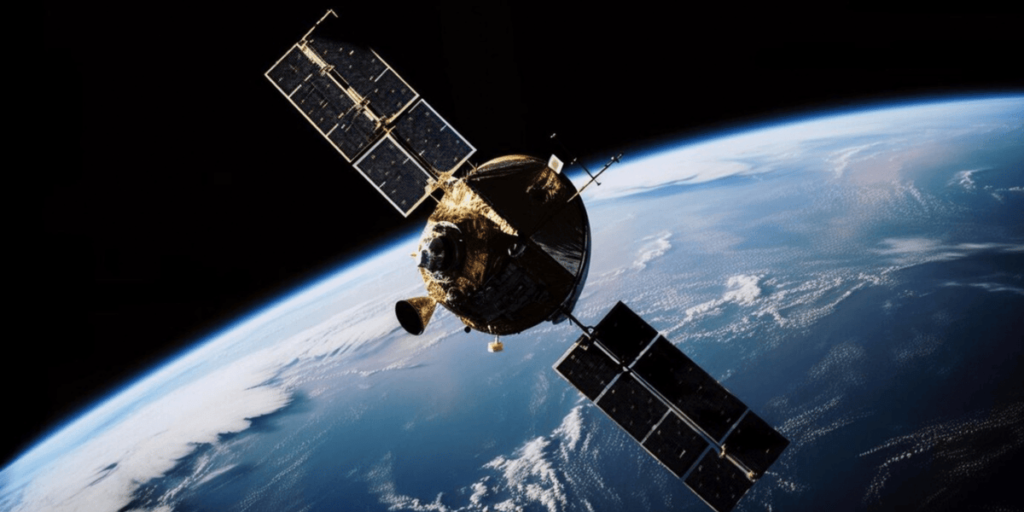Space-based internet startup Astranis encountered a hurdle in its mission to provide continuous internet coverage to Alaska with its first commercial internet satellite, Arcturus. The San Francisco-based company launched the dedicated satellite on a SpaceX Falcon Heavy in May. Initially, everything seemed to be going well. However, a malfunction in the spacecraft’s solar panels has disrupted its operations.
The CEO of Astranis, John Gedmark, revealed that the satellite experienced a pointing issue with the solar array drive assembly. It prevented the solar arrays from receiving sufficient power from the sun. As a result, Arcturus is unable to provide the expected internet connectivity in Alaska.
Despite the setback, Gedmark stated that the satellite remains safe and under their control. The payload and other Astranis in-house components work perfectly, and the fuel tanks are ready for years of on-orbit operation. Nevertheless, the company’s mission to connect Alaska to the internet without a resolution to the solar panel issue will face delays.
Astranis will implement Plan B to mitigate the malfunction impact. They’ll launch “UtilitySat”, an on-orbit backup satellite, undisclosed until now. It’s part of a batch of four satellites set for launch on a SpaceX Falcon 9 rideshare mission later this year. UtilitySat, similar in size to Arcturus, has lower capacity and can’t fully compensate for the lost coverage. Gedmark is optimistic about the situation and expects to completely replace the Alaska satellite with a new one by early 2025.
Source: Astranis
As Astranis shifts its focus to Plan B, the company remains committed to providing internet connectivity through satellite technology. Despite the current challenges, Astranis’ determination to overcome setbacks and adapt to changing circumstances reflects the startup’s resilience in pursuing advancing communication technology.

